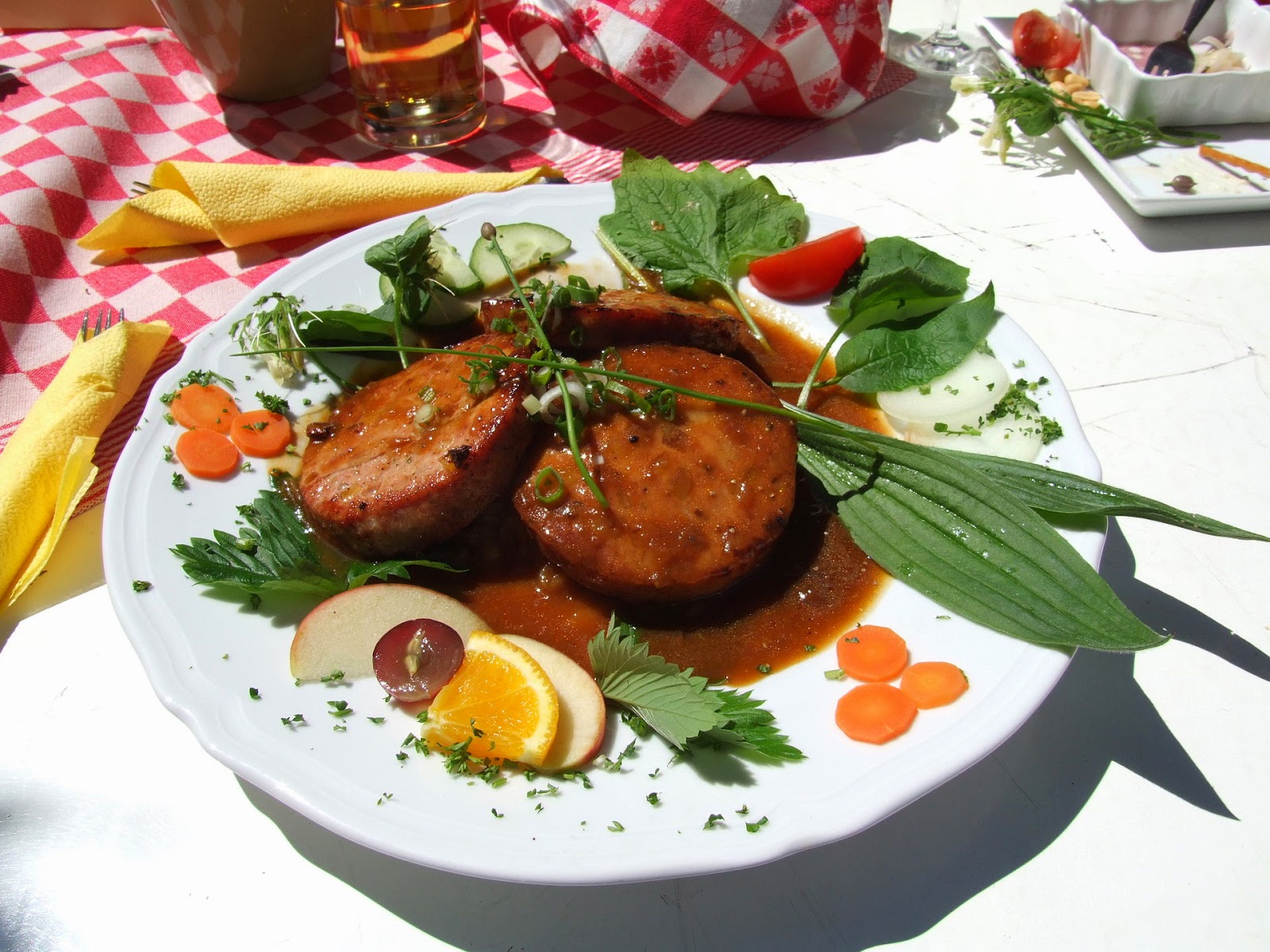Since the earliest years of the known history of the Nabinger Family, about 1600, our Family history has been tied to that of an area known as the Palatinate in what is now central western Germany.
The Palatinate, also known as Rhenish Palatinate (German: Rheinpfalz), occupies more than a quarter of the German federal state of Rhineland-Palatinate (Rheinland-Pfalz). A resident of the Palatinate is known as a Palatine and the area was part of Bavaria during most of the time of the Kingdom of Bavaria. The regional dialect of the Palatinate is Palatine German or Pfaelzisch, a West Franconian dialect of German.
In the west, the Palatinate borders on Saarland. In the northwest, the Hunsrück mountain range forms the border with the Rhineland region. The eastern border with Hesse and the Baden region runs along the Rhine River. In the south, the German-French border separates the Palatinate from Alsace. One third of the region is covered by the Palatinate Forest (Pfälzerwald) which is Germany's largest contiguous forested area and part of the Franco-German Palatinate Forest-North Vosges Biosphere Reserve.
The German Wine Route (or the Deutsche Weinstrasse) passes
through the Palatinate which is one of the greatest wine producing regions in
Germany and in the last two decades has became well known for a large number of
prizewinning white and red wines of highest quality produced by a number of
young winemakers.
The relatively mild Palatinate weather permits the
cultivating of almond and fig trees, stone pines, Mediterranean Cypress, palms,
and even banana species. The lower hilly regions are known for its extended
chestnut forests, sometimes referred to as "German Tuscany" in
tourist advertising.
Saumagen
The traditional Palatine cuisine is in parts very hearty and substantial mainly because the recipes were developed by the physically hard-working population or in times of poverty. In comparison to other regional German cuisines its dishes are also hotter and spicier. The most renowned dish from the Palatinate is Saumagen which is a mixture of lean pork, sausage meat, potatoes, onions, marjoram, cloves and pepper in a casing. It is so famous that even cooking competitions for butchers and cooks take place. As with most traditional dishes there are many variations with additional ingredients and spices, but they all have in common that the stomach of a pig is used as the cooking container in which the mixture is simmered. The finished product is then removed from the casing, cut into slices and can be either served fresh or be roasted before eating.


